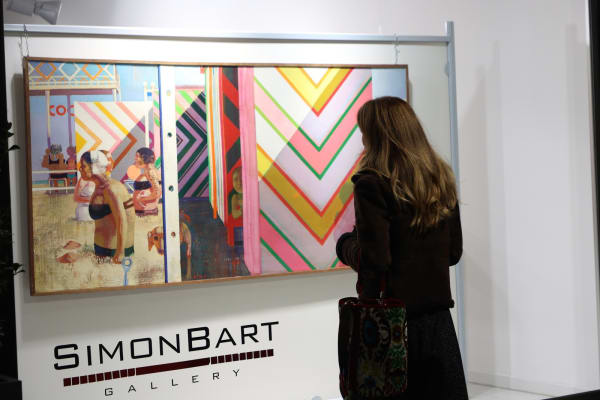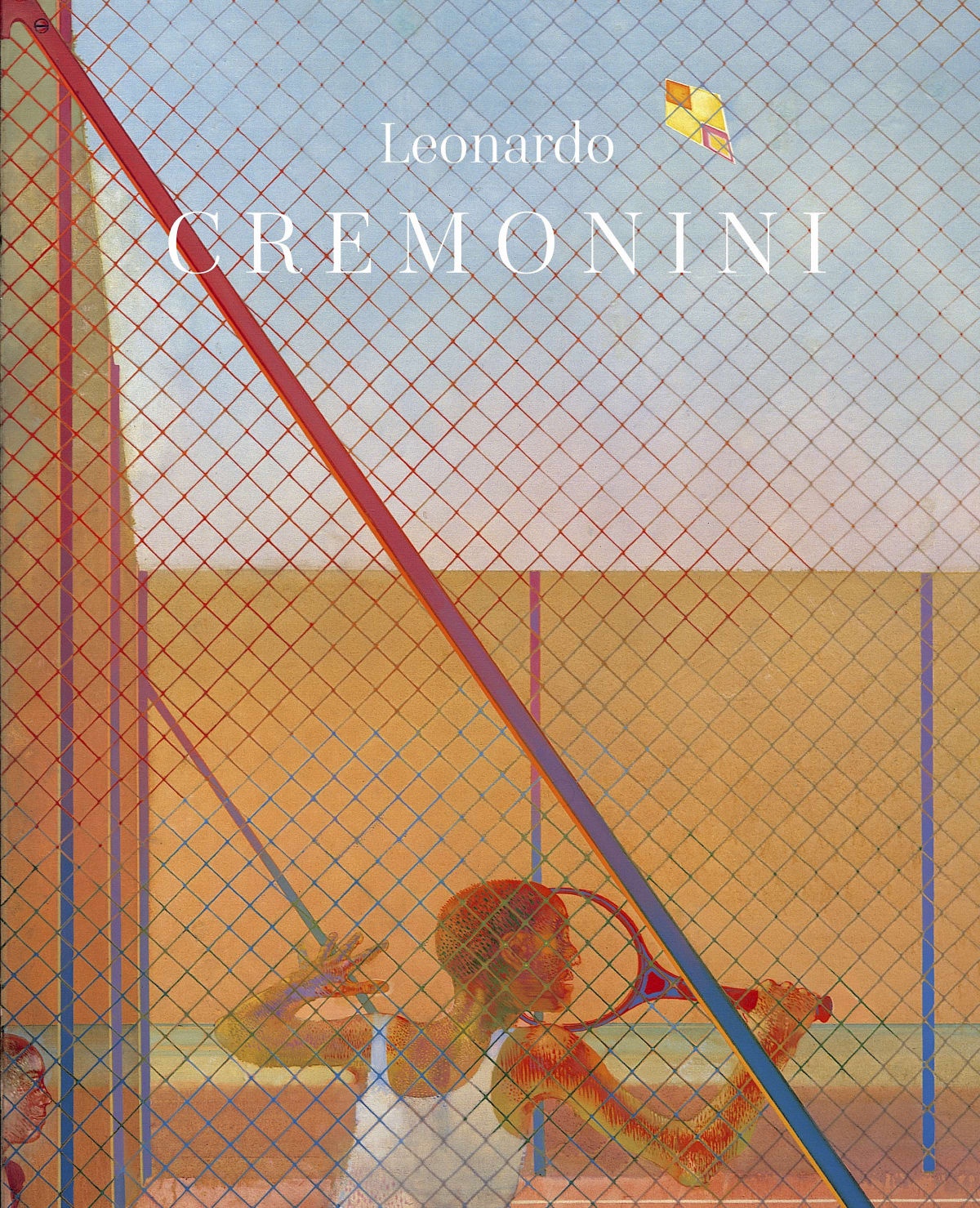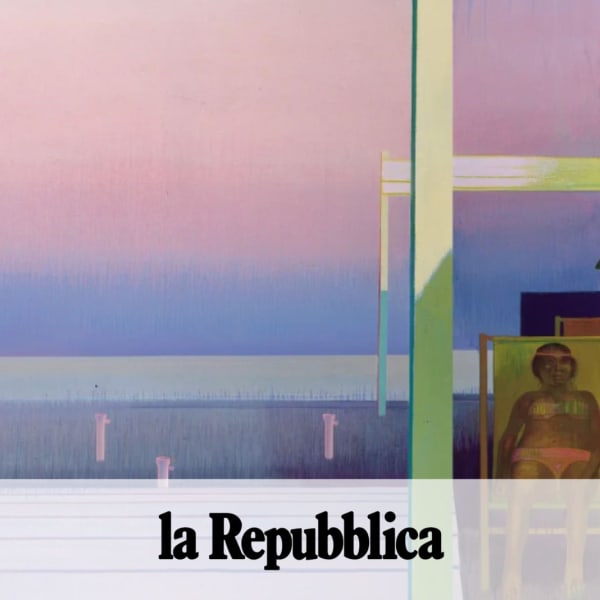Leonardo Cremonini Italy, 1925-2010
Cremonini cannot be defined as an impressionist, a surrealist, a metaphysician and other categories of aesthetic interpretation that dominated the late nineteenth and mid-twentieth centuries. Beyond critics' tactics, whose main skill is generally knowing how to say everything and the opposite of everything, Cremonini had become a testing ground for interpretation precisely in those sixties and seventies in which the neo-avant-gardes and their derivatives raged. A testing ground especially for writers, academics, philosophers, poets, who in the pictorial "text" found the possibility of re-evaluating his expressive techniques, far from installations, deconstructive experimentalisms, of which, in fact, one could say everything and the opposite of everything.
Stefano Zecchi
-

New Gallery Opening
Group Exhibition 20 Jan - 15 Mar 2024We are proud to move our headquarters to one of the most historic buildings in the city, under a frescoed portico of rare beauty.Read more
In the very center of Bologna, the new space has six large windows and a very large surface area on two levels where you can enjoy the artworks of our artists and participate at events and exhibitions. -

Leonardo Cremonini
Retrospective Exhibition 16 Dec 2021 - 31 Jan 2022An extensive exhibition celebrates the painter from Bologna who passed away in 2010: a life between France and the Mediterranean coasts of which echoes resound in the landscapes and in the light of his painting. Loved by Moravia, Calvino, Eco, Buzzati, and by philosophers such as Althusser, who dedicated his only text on painting to him; friend of Peggy Guggenheim, Henri Cartier-Bresson, Francis Bacon, Mario Sironi, Gino Severini, Balthus, just to name a few, Cremonini marks the path of the history of art and culture of the twentieth century. His works are present in the most important art collections in the world such as the Center Georges Pompidou in Paris, the MOMA in New York, the Israel National Museum in Jerusalem, the Frissiras Museum in Athens, the Uffizi Gallery in Florence and obviously the collection of the Museum of Modern Art of the city of Bologna.Read more
-

New Gallery Opening
Preview by invitation 20 Jan 2024We are proud to move our headquarters to one of the most historic buildings in the city, under a frescoed portico of rare beauty. In the very center of Bologna, the new space has six large windows and a very large surface area on two levels where you can enjoy the artworks of our artists and participate at events and exhibitions.Read more -

Leonardo Cremonini
Opening 16 Dec 2021An extensive exhibition celebrates the painter from Bologna who passed away in 2010: a life between France and the Mediterranean coasts of which echoes resound in the landscapes and in the light of his painting. Loved by Moravia, Calvino, Eco, Buzzati, and by philosophers such as Althusser, who dedicated his only text on painting to him; friend of Peggy Guggenheim, Henri Cartier-Bresson, Francis Bacon, Mario Sironi, Gino Severini, Balthus, just to name a few, Cremonini marks the path of the history of art and culture of the twentieth century. His works are present in the most important art collections in the world such as the Center Georges Pompidou in Paris, the MOMA in New York, the Israel National Museum in Jerusalem, the Frissiras Museum in Athens, the Uffizi Gallery in Florence and obviously the collection of the Museum of Modern Art of the city of Bologna.Read more
-

Cremonini, the 'Painter of Writers' on Display
Claudio Cumani, Il Resto del Carlino, December 17, 2021 -

The painting and colors of Cremonini come home
Paola Naldi, La Repubblica, December 17, 2021 -

Visions and signs of the Twentieth Century: the art of Leonardo Cremonini
Stefano Bucci, Corriere della Sera, December 16, 2021 -

Leonardo Cremonini - Painter of writers
Editorial Office, Artribune, December 16, 2021











